The Porsche 718 Story & History
Porsche 718 RSK / RS 60 / RS 61 / RS 62 Spyder (1957-1962)
Key Accomplishments
- 250+ class victories and 600+ podium finishes
- European Hill Climb Champion 1958-1959-1960-1961
- SCCA F Modified category champion 1959-1960-1961-1962
- SCCA E Modified category champion 1960-1961-1962-1963
- Targa Florio winner 1959-1960
- Sebring 12 h winner 1960
The History & Racing
The Porsche 718 was a successor to the 550 A, or more precisely to the 645. The principal difference compared to the 550 was that the 645 and the 718 had a full tubular space frame and were made for racing use only. Design wise the rear of the 718 looked somewhat similar to the 550 A, but the front was made smoother, more aerodynamic, like on the 645.
The 1.5-litre 4-cam Fuhrmann engine in the Porsche 550 was already rather powerful for its small size. It was then pumped up for the 550 A and saw another increase in power for the 718, now developing 110 kW (150 PS). Later even more powerful 1.6- and 1.7-litre engines were developed. These very fast cars had still to be slowed down with the help of the drum brakes, but these were high-end finned alloy units. Front suspension was a torsion bar system similar to the one designed by Ferdinand Porsche for Volkswagen in the 1930s. On the first cars the rear suspension also utilised torsion bars. The car was called Porsche RSK, where RS stands for Rennsport (racing). It should be mentioned that “K” does not stand for “Kurz” (short) as some sources may say, but rather came from the layout of the suspension.
For the 1957 Le Mans 24h race, Porsche fielded its new 718 RSK with Umberto Maglioli and Edgar Barth sharing the stints. Unfortunately, an accident caused by an Aston Martin terminated the charge of the cool, rear-finned 718 RSK in the night. Maglioli, who was leading the 2-litre class with his 1.5-litre weapon and running 7th overall, couldn’t avoid the DBR1 that crashed in front of him.
The first cups for the 718 came a week later at the Mont Ventoux hill climb event in France, where Umberto Maglioli scored second and Edgar Barth third after a larger-engined Maserati racing car. Four weeks later, at the second race of the 1957 European Hill Climb Championship (EHCC), came the first victory for the 718 RSK – Edgar Barth won and Umberto Maglioli scored second at the Freiburg-Schauinsland event in Germany.
At the 1957 Montagne Lenzeheide hill climb in Switzerland, RSK again scored a 1-2. This time the race was won by Wolfgang Berghe von Trips in front of Richard von Frankenberg.
The 1958 EHCC season started with a victory for the 718 at the Mont Parnes in Greece. A week later came the first major success for the 718 RSK: at the 1958 Targa Florio Jean Behra and Giorgio Scarlatti scored 2nd overall (1st in 1.5-litre) after a V12 Ferrari.
For the 1958 Le Mans 24h race, factory team fielded three 718 RSK and the event became a real success for Porsche which celebrated 10 years of sports car production. First place was taken by a very fast Ferrari – 12 laps ahead of the second place Aston Martin (both 3-litre). Then came the smaller-engined, but durable Porsches: on 3rd place 718 RSK 1.6 #29 of Jean Behra/Hans Herrmann (1st in 2-litre class), on 4th place 718 RSK 1.5 #31 of Edgar Barth/Paul Frère (1st in 1.5-litre class) and on 5th place a Porsche 550.
While the successor to the 550, the 645, already got a coil over rear suspension instead of torsion bars, it couldn’t be fully sorted out yet in 1956 and the first 718 came with the tested-and-tried torsion bar rear suspension. In 1958, starting with chassis 718-004, the coil over rear suspension arrived. For example, the 1958 Le Mans 3rd place 718 had a coil over rear suspension and the 4th place 718 had a torsion bar rear suspension.
The 1958 Mont Ventoux hill climb race became a Porsche success with 1-2-3 victory and a one-two for the 718. The race was won by Jean Behra and followed by Wolfgang von Trips. Edgar Barth scored third in a 550.
Two weeks later, at the Trento Bondone hill climb in Italy, 718 won again thanks to von Trips. And a second place at the Fribourg-Schauinsland in Germany was taken next weekend by Behra.
The RSK was also built with Formula 2 races in mind, so it’s steering wheel and seat could be installed in the center of the car. The gear lever was also moved, but the hand brake lever stayed in position – exactly between the legs of the driver. While the RSK with centered driver position was used in Formula 2 racing and it is not incorrect to call it as 718 F2, the better name for the car is RSK Mittellenker (“central steering”) – to distinguish it from the later open-wheeler 718 F2.
A success at the Formula 2 race: Jean Behra managed to win the II Coupe Internationale de Vitesse Formula 2 race in Reims, France, with the 718 RSK Mittellenker. It was a serious feat as 24 cars had started the race and Behra managed to win ahead of the real open-wheeler formula cars, a Ferrari 156 and a pack of Cooper-Climax. It would remain the only podium finish for the Mittellenker, though.
August 3, 1958: a great racing day at the Nürburgring Nordschleife – in addition to the sports car race, Porsche participated also in Formula 1. The Rheinland-Pfalz Preis sports car race was won by Jean Behra and 3rd place went to Edgar Barth (both 718 RSK). For the F1 race, Barth jumped into the Mittellenker RSK and finished the race in 6th.
Just two days after the Gaisberg race, von Trips was victorious also at the Zeltweg race (both in Austria). The Zeltweg event saw a 718 RSK 1-2-3 finish, followed by three Porsche 550!
At the end of August, the Ollon Villars hill climb in Switzerland was won by Edgar Barth in an RSK and the 1958 European Hill Climb Championship (EHCC) was won by Wolfgang von Trips (718 RSK).
Three 718 RSK with rear wheel covers and steering wheel on the left (not Mittellenker) started at the Formula 2 Berlin GP on AVUS on September 21, 1958. Jean Behra won, Masten Gregory scored 3rd and Edgar Barth 4th. Behra participated only in two races of the 1958 European F2 Champonship and won both.
All of the first 718 cars were experimental and differed from each other. An interesting example is an oil cooler built into the whole underside area of the front lid. The hot front lid idea didn’t provide as much cooling as was expected, though.
From 1959, the RSK was made available also for sale for private racing teams and the first customer cars were finished in February. While factory racing team RSKs had chassis numbers between 718-001 and 718-009, customer RSKs had the chassis numbers between 011 and 034. It should be mentioned that experiments were carried out only on the factory team cars – rear fins, rear wheel arch covers, side intakes, oil cooling front lid, replaceable nose panels (or none of them). There were no such items on the customer cars. The easiest way to tell if it is a factory team RSK or a customer RSK, is by the nose – most of the factory team cars had the replaceable nose panels (except the chassis 008 and 009), while this feature proved unneeded and was not provided to customers.
The 1959 racing season saw a great start for Porsche in USA. At the Sebring 12 hour race in March, Porsche 718 scored 3-4-5 and in April a 1-2 victory was achieved at Daytona. The 1000 km race was won by Anton von Döry/Roberto Mières and followed by Bob Said/Art Bunker (both 718 RSK).
The 1959 Targa Florio became a Porsche party: winning 718 RSK driven by Edgar Barth and Wolfgang Seidel was followed by a 550 and two 356 Carreras. This year it took more than 11 hours to win the race and 21 cars managed to finish before the 14 hour time limit was up. All of the first four finishing cars belonged to the Porsche factory racing team. The 2nd place 550 and 4th place 356 Carrera were driven by the same three drivers – these times a lot of was possible.
The 1959 Targa Florio became a Porsche party: winning 718 RSK driven by Edgar Barth and Wolfgang Seidel was followed by a 550 and two 356 Carreras. This year it took more than 11 hours to win the race and 21 cars managed to finish before the 14 hour time limit was up. All of the first four finishing cars belonged to the Porsche factory racing team. The 2nd place 550 and 4th place 356 Carrera were driven by the same three drivers – these times a lot of was possible.
Following the success at the Le Mans in 1958, the 1959 race was a complete failure for Porsche. Three 718 RSK were fielded by factory team, another two by privateers, but all the cars retired due to technical problems. A week after the disappointing Le Mans, 718 won again at the hill climb in Mont Ventoux. Edgar Barth was the winning driver. Two weeks later, at the Trento Bondone, Barth won again with the RSK.
In July 1959, Harewood Acres 6 hour race in Canada was won with 718 RSK driven by Roger Penske and Harry Blanchard. At the same time in Europe Porsches dominated the Freiburg-Schauninsland hill climb with first five places taken by Porsches and first four places taken by 718 RSK. The event was won by Barth, followed by Heini Walter and Ernst Vogel.
In August 1959, a day before the Formula 1 race on AVUS near Berlin in Germany, a sports car race was held. The race start saw seven (!) 718 and two Oscas.
Porsches finished 1-2-3-4, but the day was completely shadowed by the death of Jean Behra. He lost control of his 718 RSK while going through the banking and hit a flag pole that killed him. It was the same place where 3 years earlier Richard von Frankenberg had lost control of the single example Porsche 645 Spyder. Frankenberg’s car luckily missed the flag poles, but ran over the edge of the banking (he was thrown out of the car and that saved his life).
The Klosters-Davos hill climb in Switzerland was wiped by Porsches – there were 8 Porsches in top 10! 718 RSK occupied places 1-2-3-4-5. The race was won by Hans Herrmann, followed by Ernst Vogel and Heini Walter. In this competition Edgar Barth scored just 4th, but won the 1959 EHCC season.
In September, racing cars of different marques (Porsche, Jaguar, Ferrari, Aston Martin, Maserati, Lotus and others) were transported to Africa, to Congo, for the Leopoldville GP. Christian Goethals won with the 718 RSK.
In America, Porsche had been a force too – the 1959 SCCA (Sports Car Club of America) National Sports Car Championship F Modified season was won by Don Sesslar with the 718 RSK.
The 1960 racing season for 718 kicked off in South America with a 3rd place finish at the Buenos Aires 1000 km race in Argentina. The 718 RSK was driven by Jo Bonnier and Graham Hill. A month later Masten Gregory put the RSK on the podium with a 3rd place finish at the GP Cuba in Havana.
For the 1960 racing season, the RSK Spyder had to be changed because of the rule changes for sports car category. Although the 718 was a pure racing car, it was kept in accordance with the sports cars rules. The 1960 version got a widened tubular steel frame and a full size street legal windscreen. The car was called RS 60 Spyder. The added weight was balanced out by magnesium brake drums and lighter wheels. On many cars the heavy glass windscreen was later removed, making it really difficult to tell if the car in front of you is an RSK or an RS.
On March 26, 1960, Porsche notched up its first overall victory at Sebring 12 hour race with Hans Herrmann and Olivier Gendebien driving a 1.6-litre 718 RS 60.
In 1960, Porsche repeated 718’s 1959 Targa Florio victory, now with the RS 60. The race was won by Jo Bonnier and Hans Herrmann. Second place went to a Ferrari and 3rd place was taken again by an RS 60. This car was driven by Olivier Gendebien and Hans Herrmann. So, Herr Herrmann went home with a gold and a bronze from the same race!
At the 1960 Le Mans race Porsche factory team fielded three RS 60 and two more were entered by privateers. A 1.5-litre 718 finished 11th, while all the 718s with the new 1.6-litre engines retired due to engine problems.
Porsche continued to fight for the 1960 European hill climb championship title and Heini Walter won the Freiburg-Schauinsland event in August with an RS 60. Three weeks later, at the Ollon Villars hill climb he was second after Edgar Barth, who used a 718/2 open-wheeler formula car (!?) to win the hill climb. The 1960 EHCC was won by Heini Walter.
The peak success period for the 718 was between May and September 1960 – in just 5 months the 718 scored more than 100 podium finishes including more than 50 victories! Most of the cups were collected in America, but also in Europe.
In September 1960 there was a Grand Prix held in another exotic location in Africa – the GP of Angola was held in Nova Lisboa (today Huambo). Wolfgang Seidel scored second with the 718 RSK after a Jaguar D-type.
On September 25, 1960, happened one of the biggest racing accidents with the 718. At the Klagenfurt airfield race in Austria, Sepp Greger’s aluminium-bodied 718 RS 60 was damaged beyond repair.
It is a miracle Greger survived the accident and rather unimaginable that he continued racing as the next season started. Greger continued to race with a 356 Carrera and later re-appeared also with the 718 wearing the DAH-W500 license plate that was on the totalled 718. It is not possible that his first 718 was repaired. As the number plate is the same, maybe the chassis number was transferred to a new car.
Harewood Acres airfield race track in Canada was good for Porsche and Roger Penske. Following the victory of the 6 hour race a year earlier, Porsche wiped the podium in May 1960 at the Formula Libre event and in October at the 6 hour race. Both races were won by Roger Penske (the 6 hour race together with Peter Ryan). Penske became the 1960 SCCA E Modified champion and Bob Holbert won the SCCA F Modified championship in 1960. Both achieved their success with the 718 Spyder.
The 718 ordered for the 1961 season were called as RS 61. More than half of the RS 61 were actually built in 1960 (starting from October). After the 1959 and 1960 Targa Florio victories for Porsche 718, the 1961 event was won by Ferrari and followed by two 718 – second place went to the long wheelbase 718-047 special spyder and third place to a “regular” 718 spyder (chassis number 718-043) of Hans Herrmann and Edgar Barth.
Heini Walter defended his European Hill Climb Championship title by winning again in 1961. In America, Bob Holbert became a 1961 SCCA E Modified champion and Bob Bucher the SCCA F Modified champion. All trusting Porsche 718 for their titles.
In 1962 the final incarnation was seen of what started in 1957 as the 718 RSK – a car with the chassis number from the factory racing team sequence, 718-048, was built with a longer wheelbase for the future installation of the 8-cylinder engine, but otherwise looked like a typical RS 60/61. This single car was called RS 62. The first race for it was an SCCA National at Daytona in January 1962 where it scored 3rd driven by Bob Holbert.
The 1962 Sebring 12 hour race was another success for Porsche – 718 RS 60 driven by Bruce Jennings, Frank Rand and Bill Wuesthoff scored 3rd after two Ferraris with V12 engines with twice the capacity of the Porsche engine. The 718 with the little 4-cylinder engine was getting old and didn’t bring much victories in Europe anymore (just two hill climb victories in 1962). In America, after the 1962 SCCA season, Bob Holbert became the E Modified champion third time in a row and Joe Buzzetta became the SCCA F Modified champion (in 1963 he would become SCCA E Modified champion).
In the history of the 718 Spyder, the final credits go to the RS 61 with chassis number 718-076. Its first owner was Heini Walter, who in 1962 sold the car to Hermann Müller.
At the end of the 1962 season Müller took the car to Africa, to score 2nd at the Angola GP. He took the car back to Europe to race the 1963 season and then took it to Africa again in the end of 1963 to win the Angola GP. The car exchanged hands with Dawie Gous and was taken to South Africa. The 718-076 now became really busy – Gous entered 12 races in 1964 and won them all as there were no cars in South Africa that could compete with the Porsche 718. Gous started the 1965 season with the victory at the South African 6 hour race, but into the season started to face competition. In the mid-season of 1965, Gous switched to Porsche-engined Elva and sold the 718-076 to Clive van Buuren, who started to race it right away. Van Buuren won the 1966 South African 6 hour race and raced the car until the end of the 1967 season.
The 4-cylinder 718 Spyder is the most successful Porsche racing car with around 700 class podium places and more than 250 victories! In just a few years. Unbelievable feat!
A Visual History
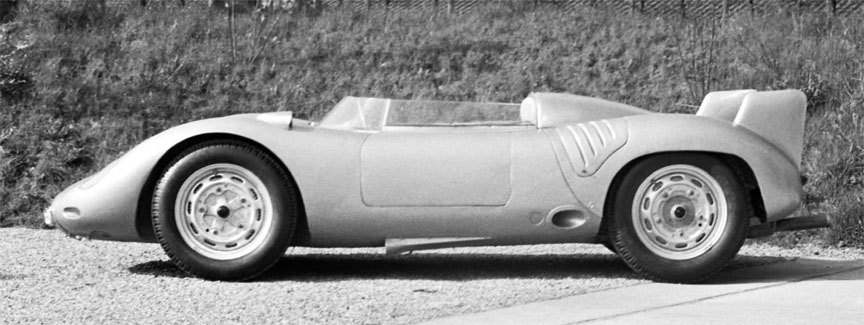
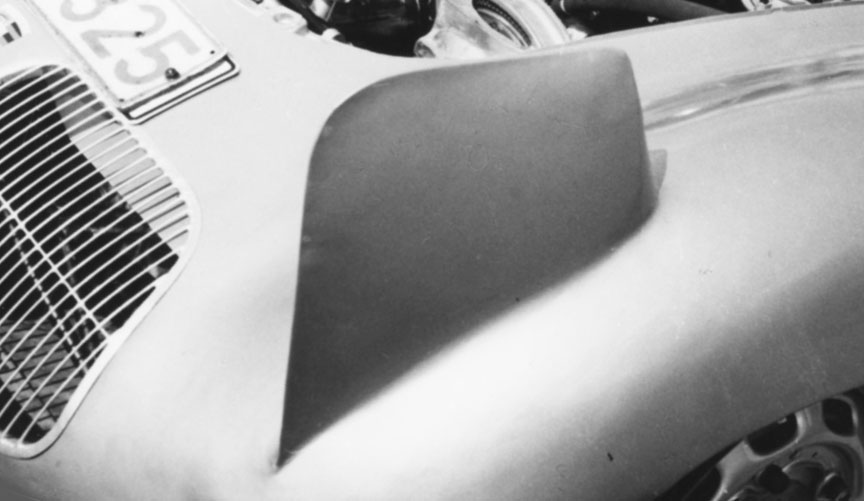
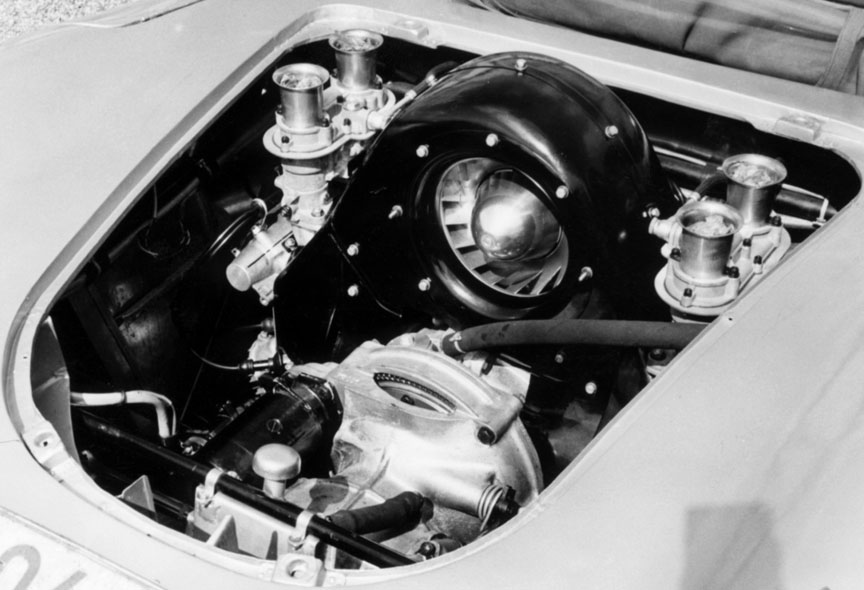
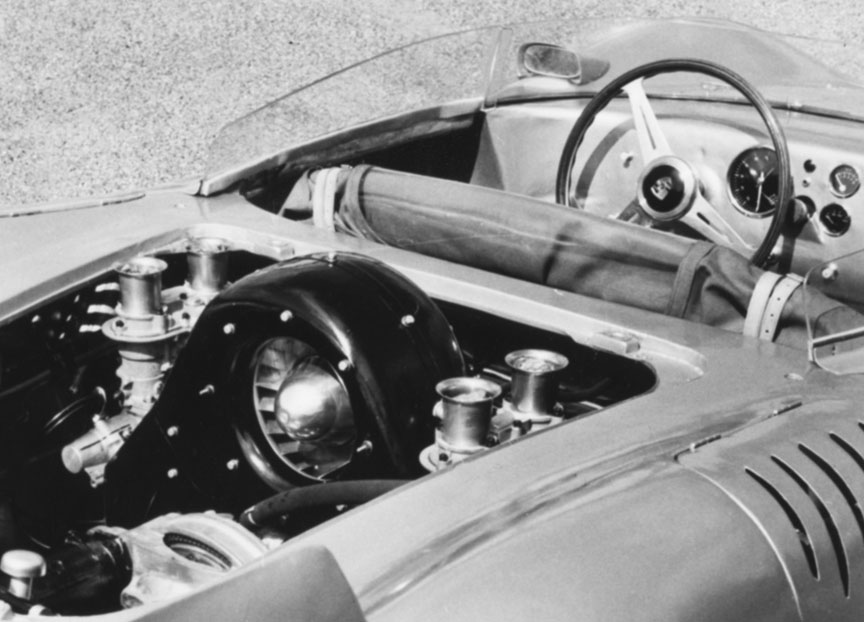
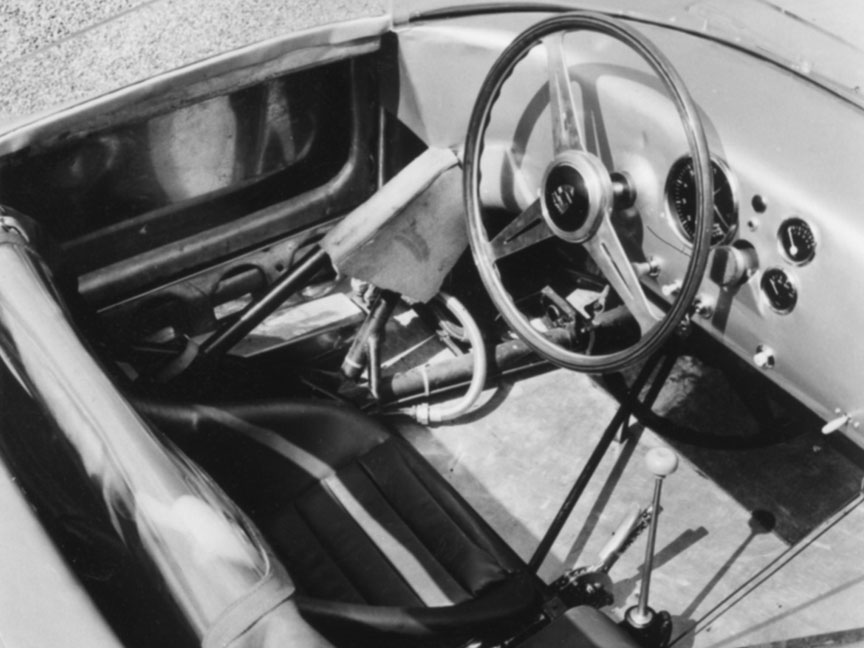
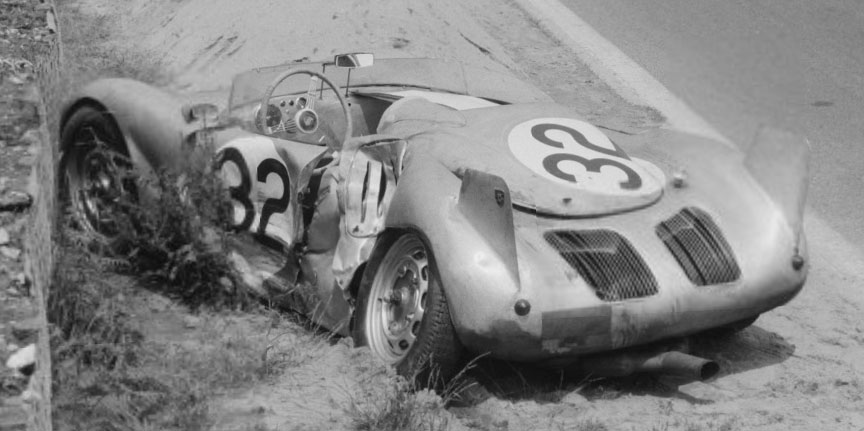
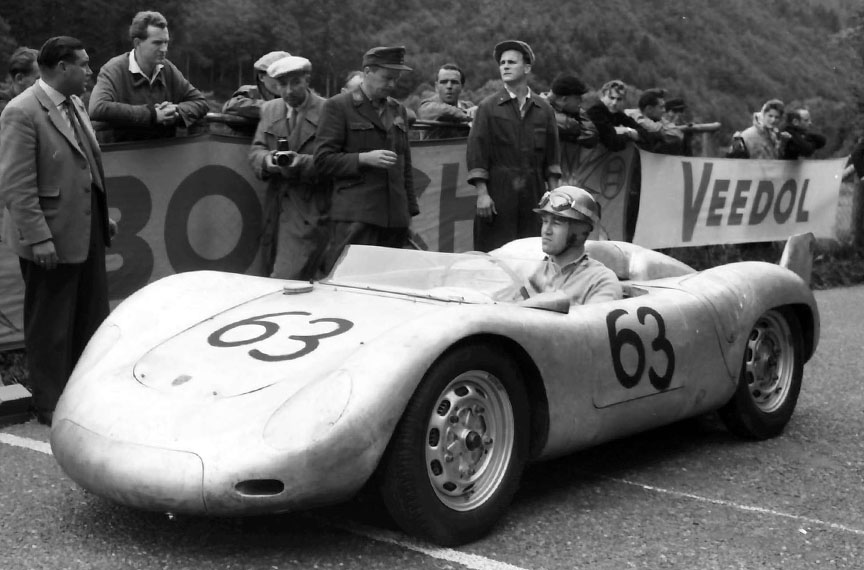
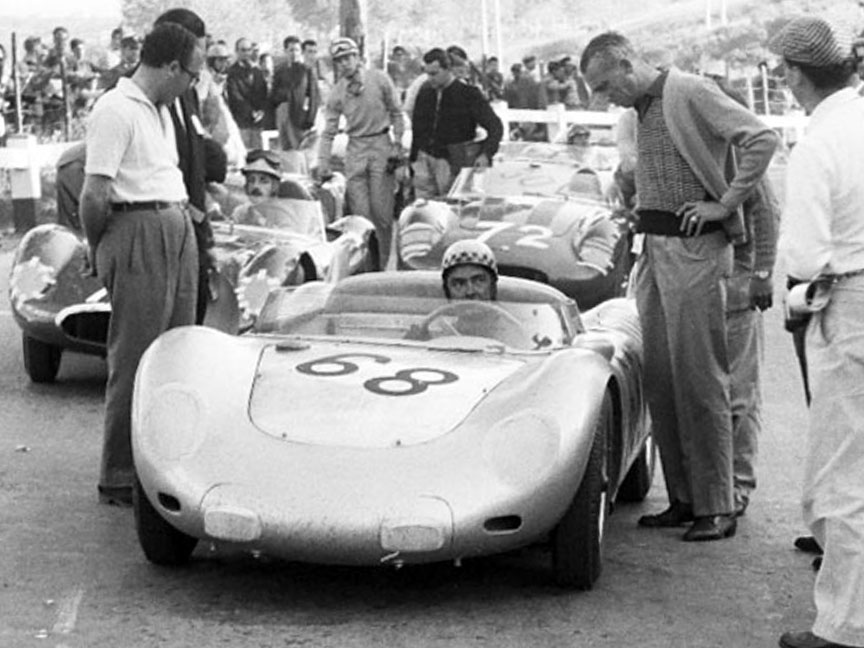
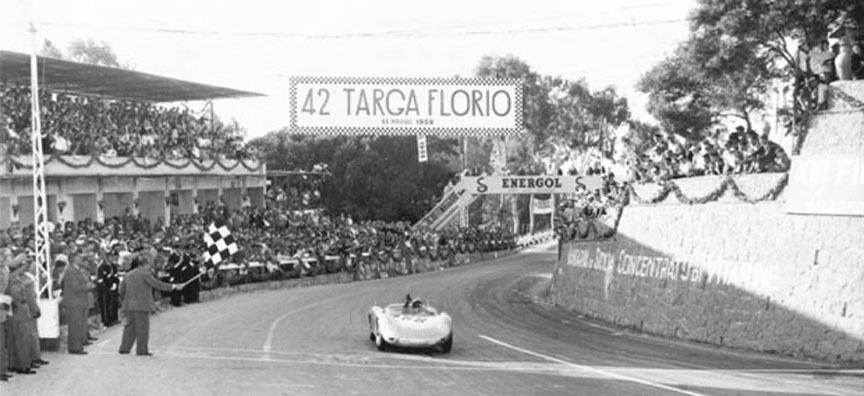
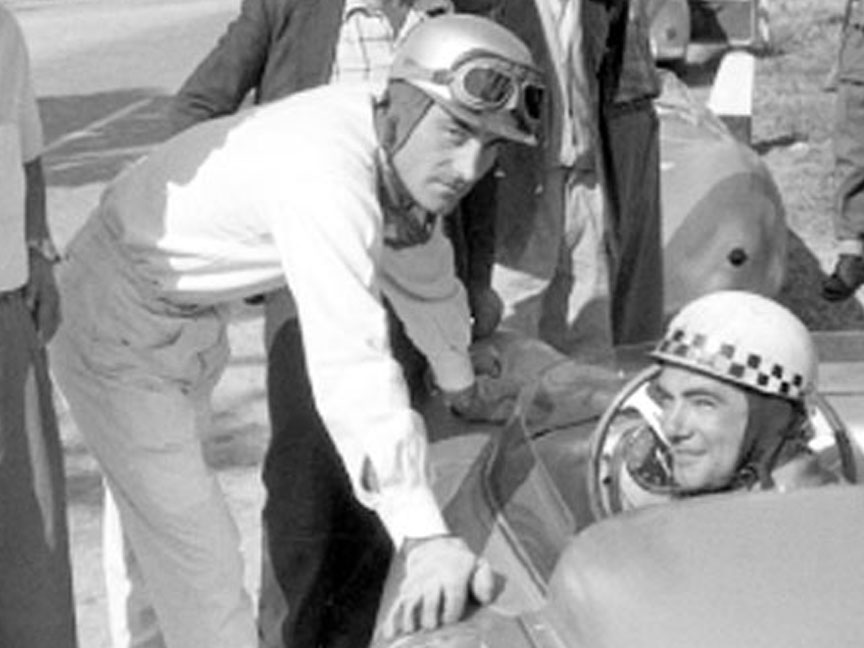
This Le Mans documentary mixes frames from 1957 and 1958, although the label says “Le Mans 1958”
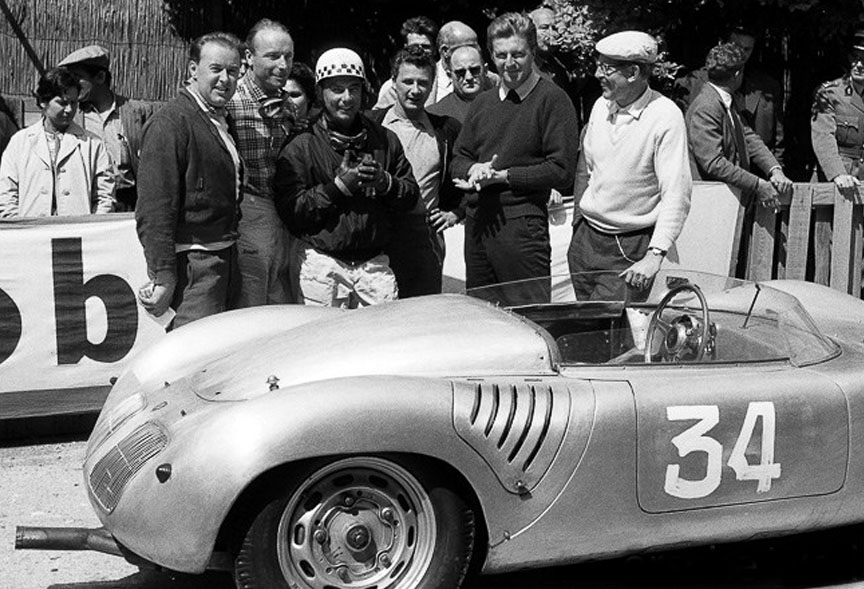
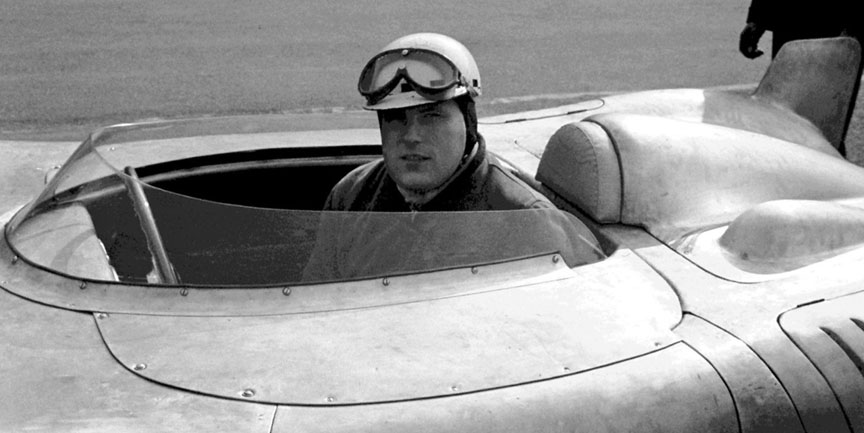
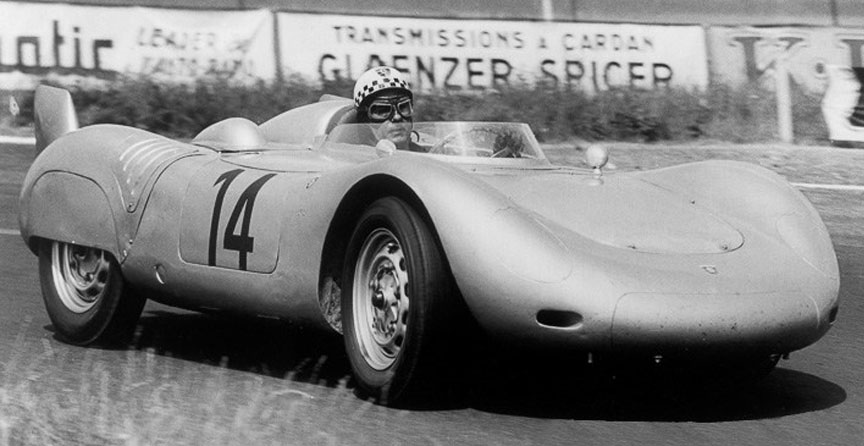
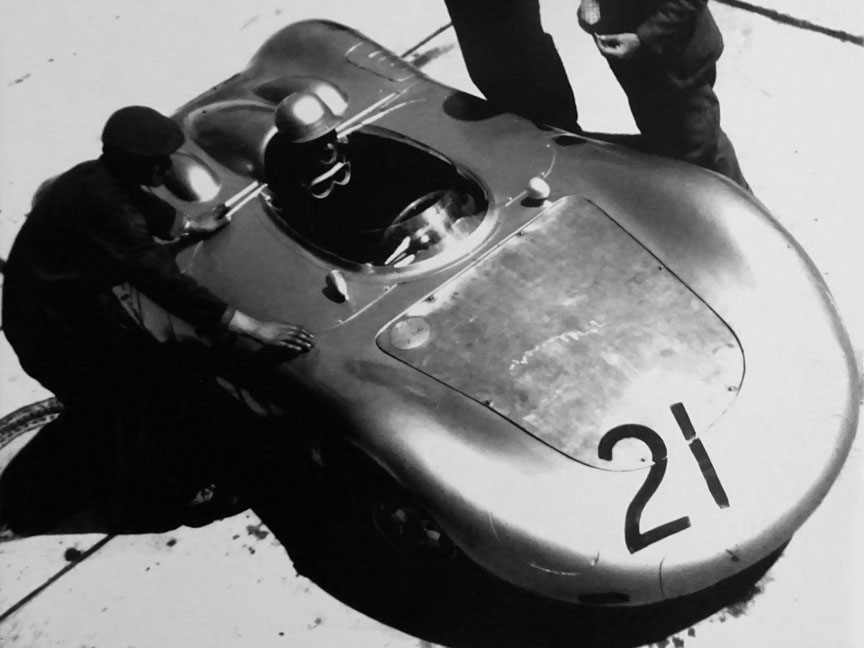
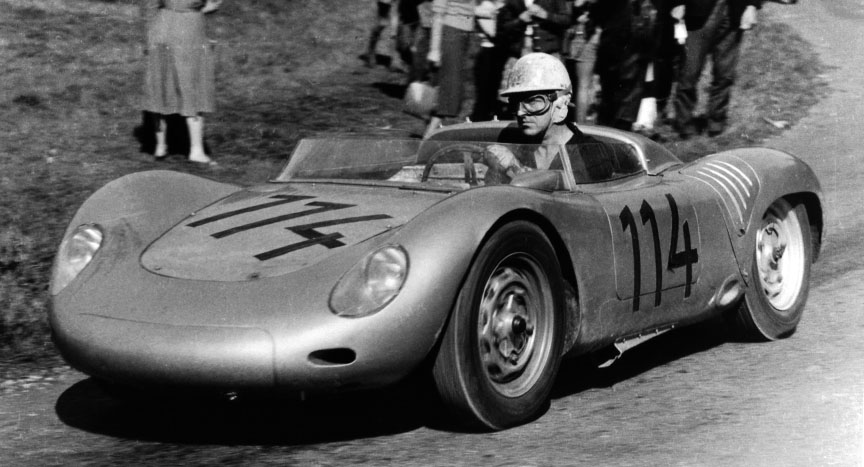
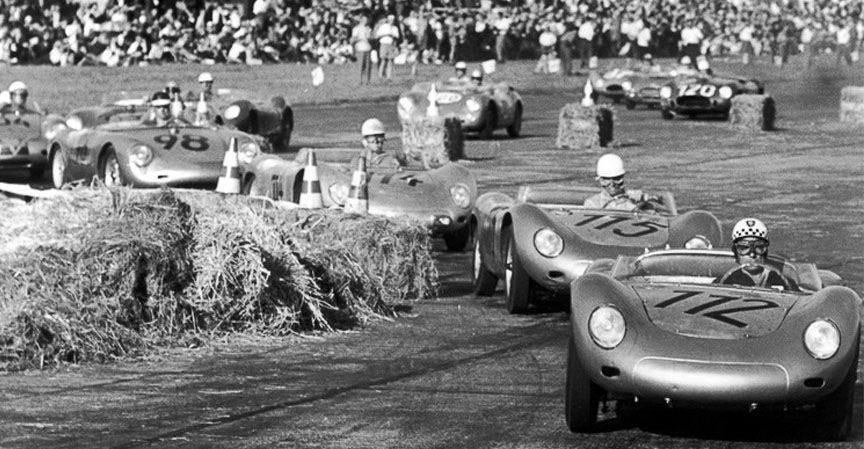
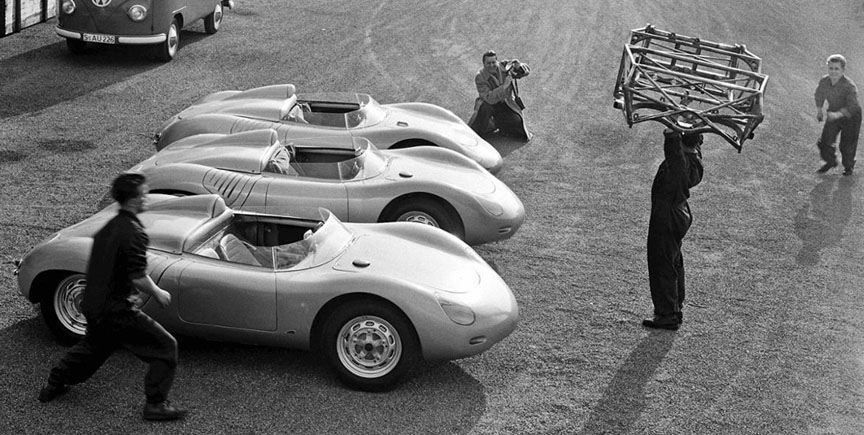
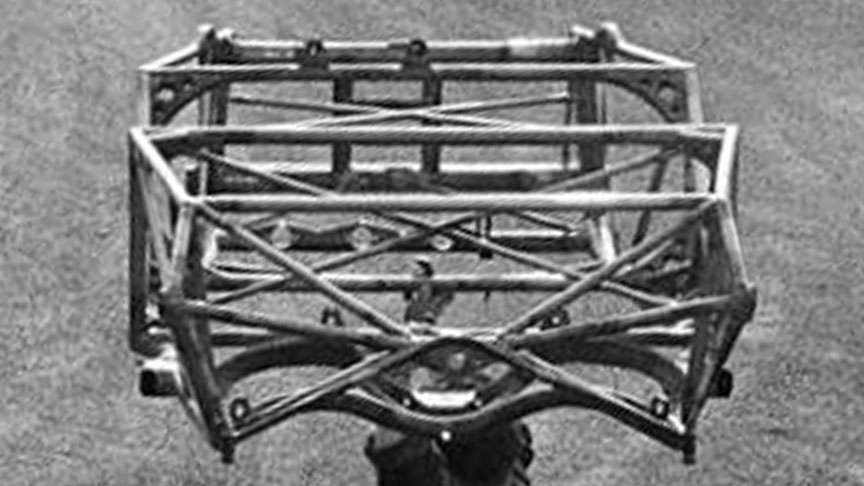
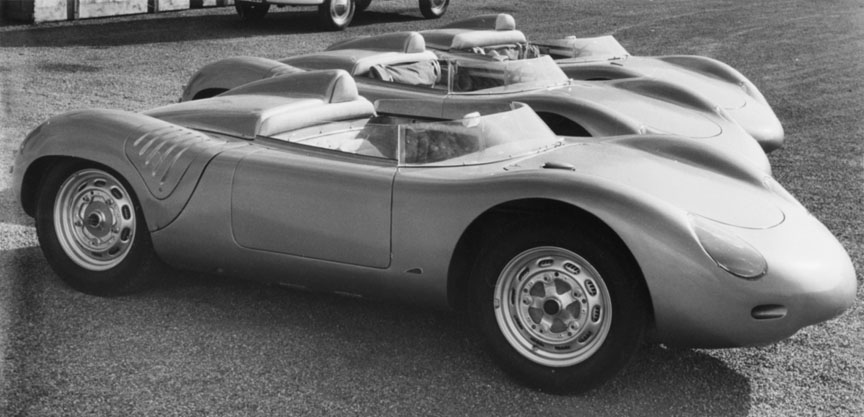
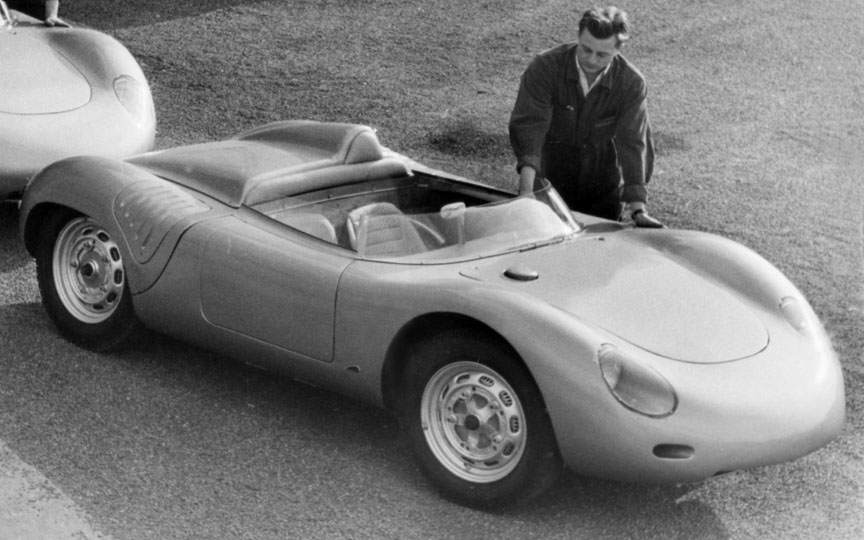
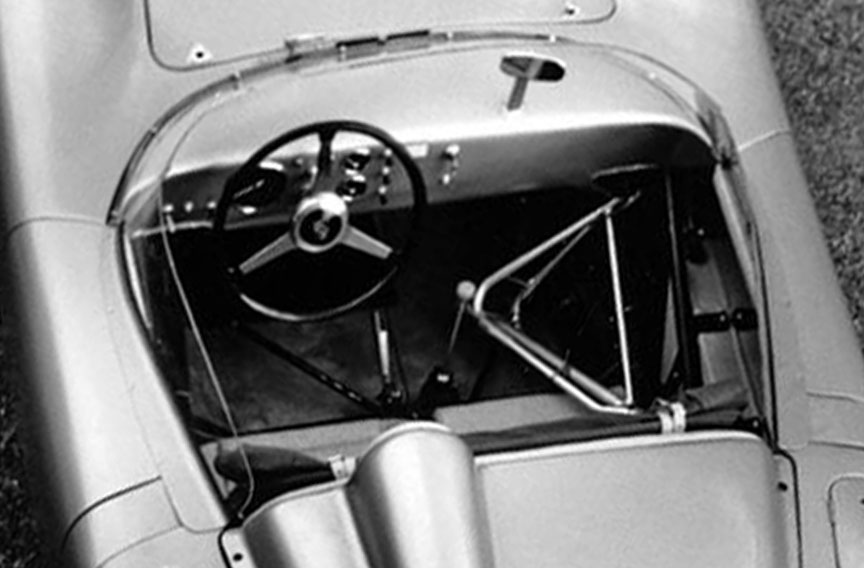
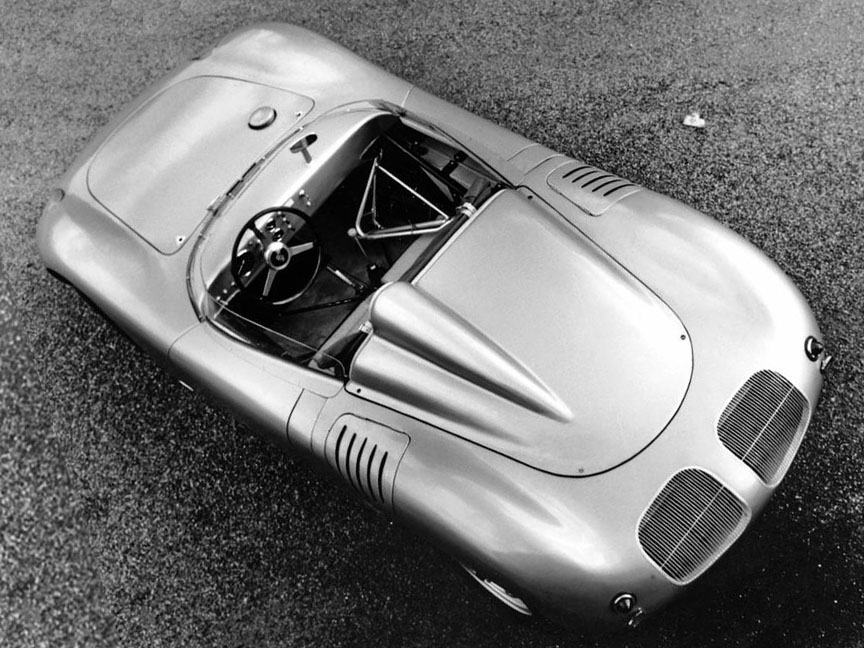
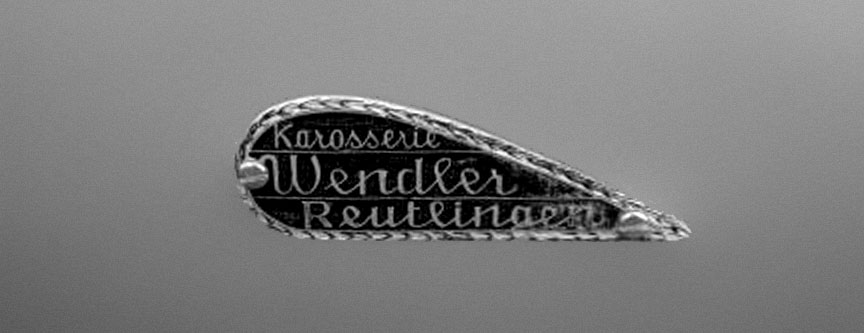

Horror crash of Bino Heins at Eau Rouge on Spa-Francorchamps race track. The Eau Rouge curve is considered one of the most difficult curves of race tracks in the world.
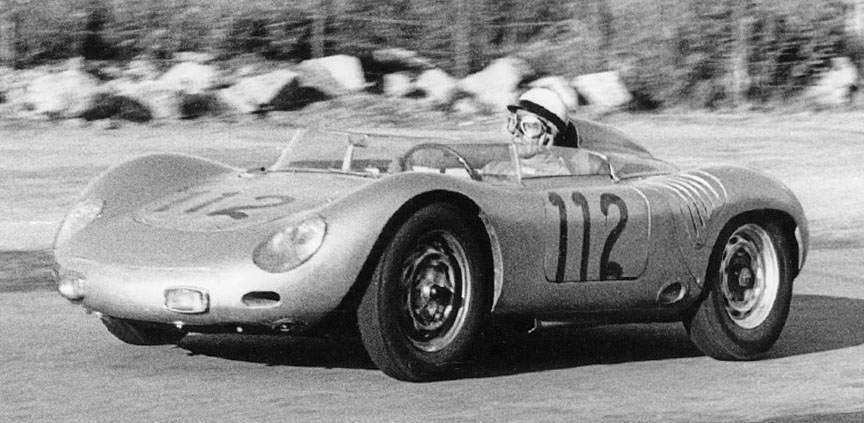
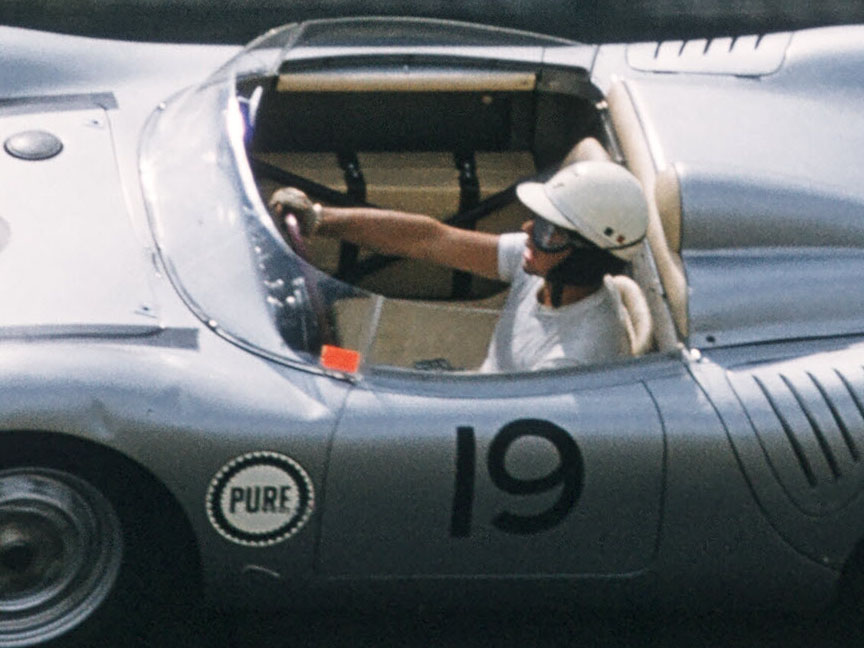
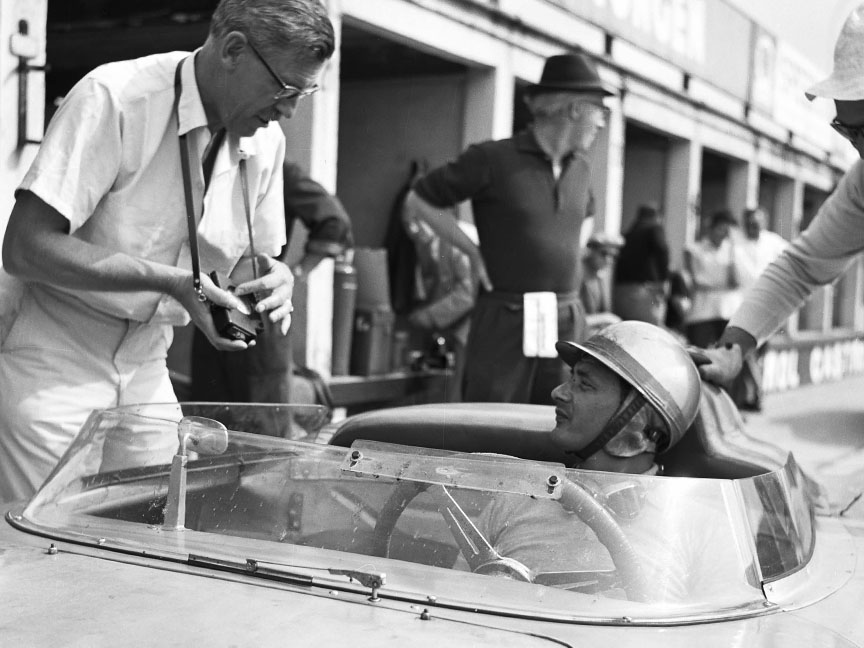
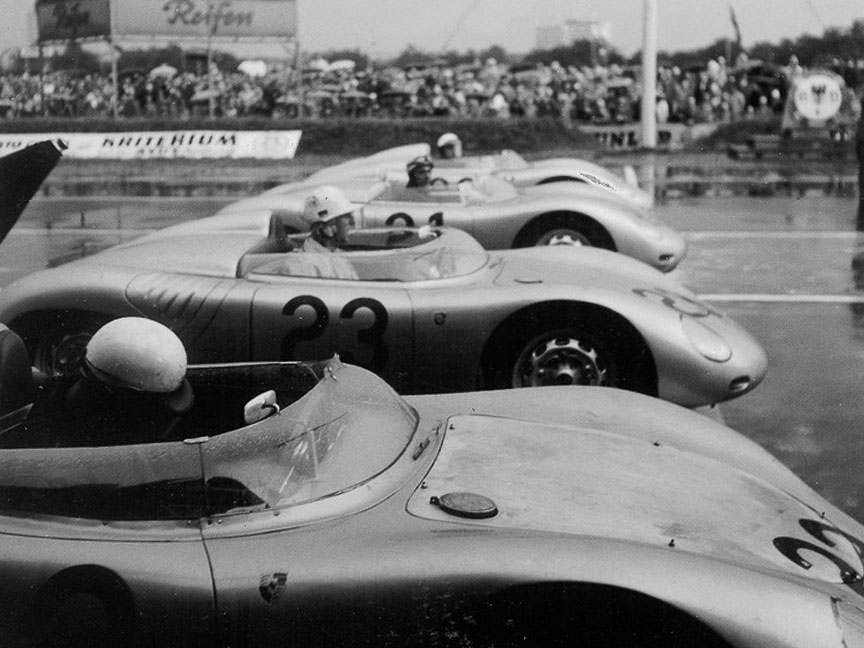
1959 August 1, AVUS, Jean Behra injures himself fatally
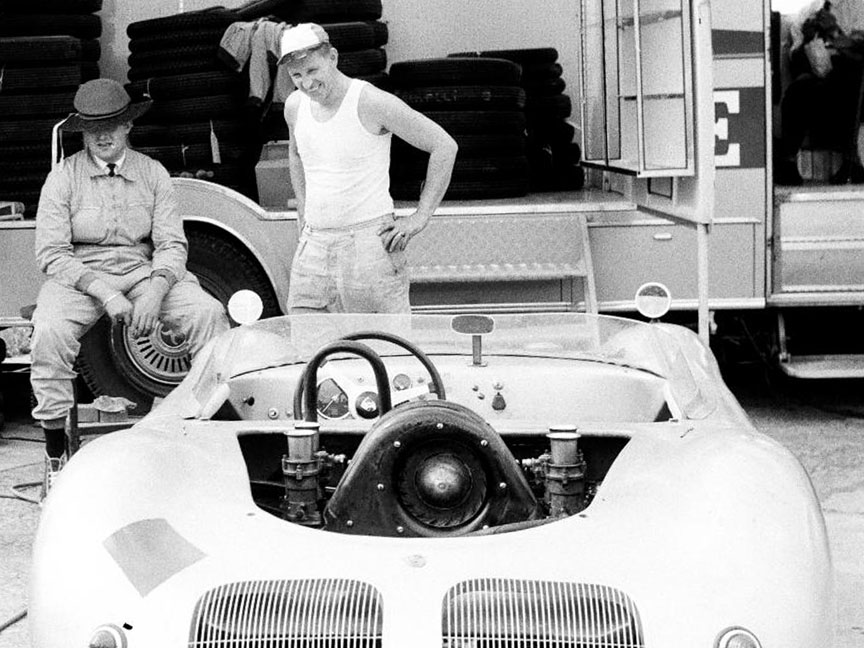
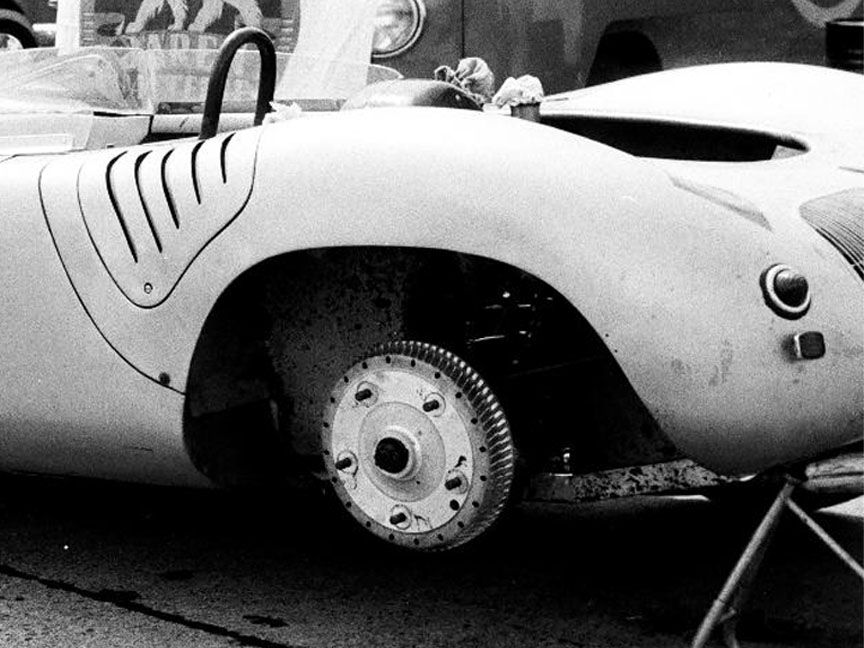
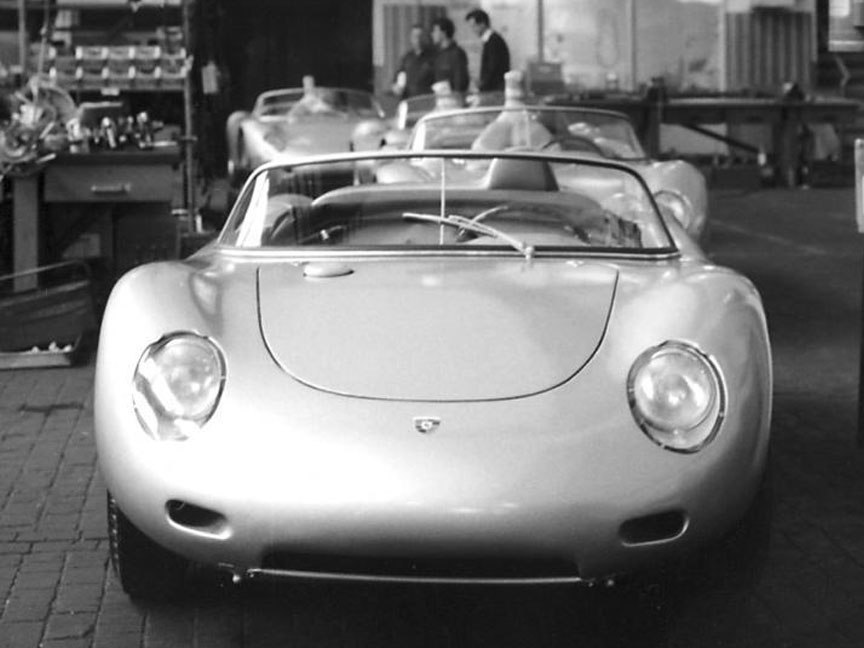
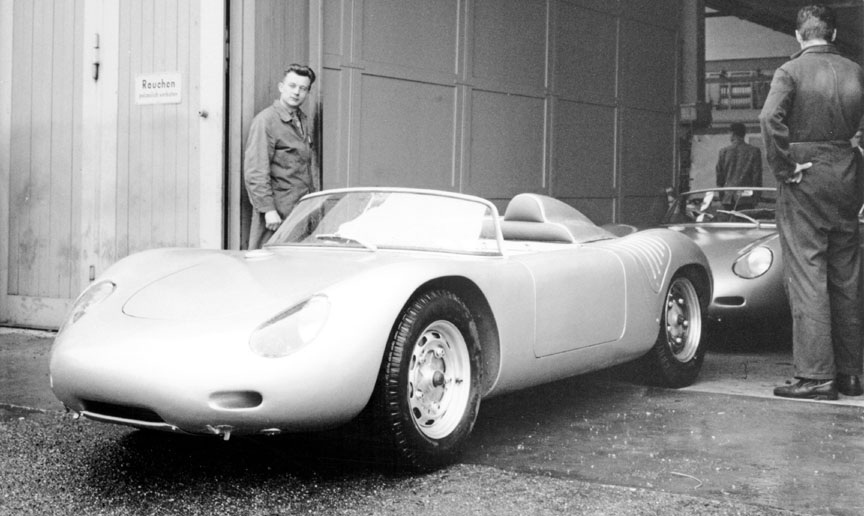
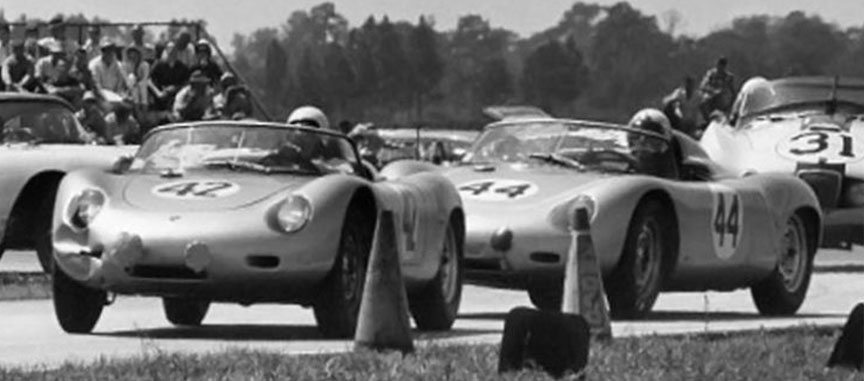
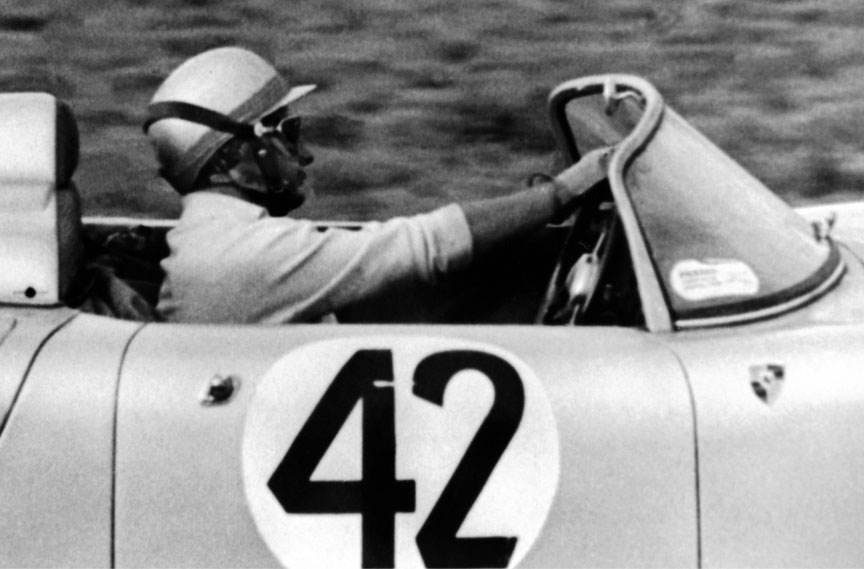
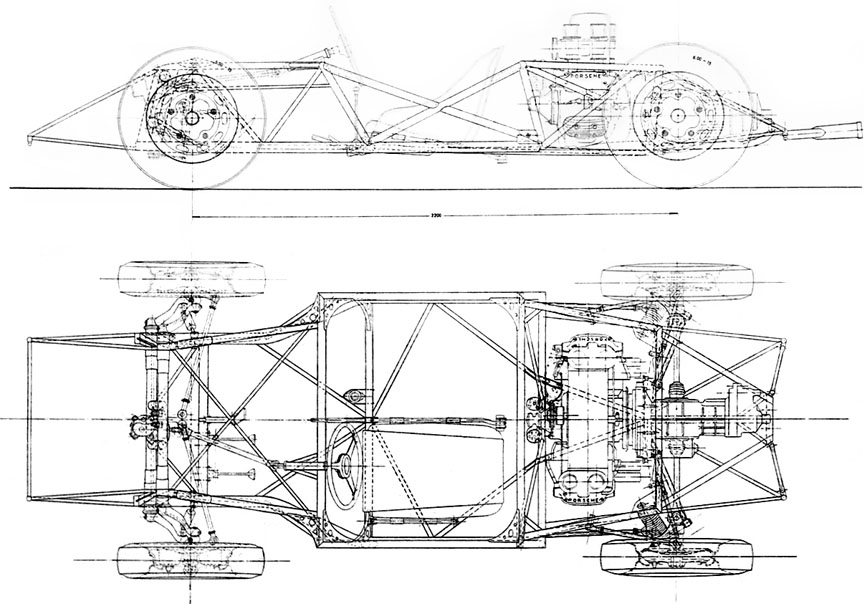
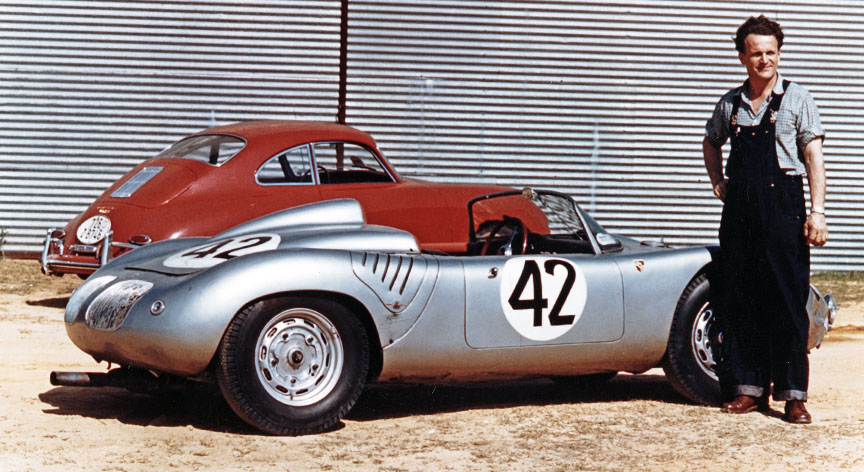
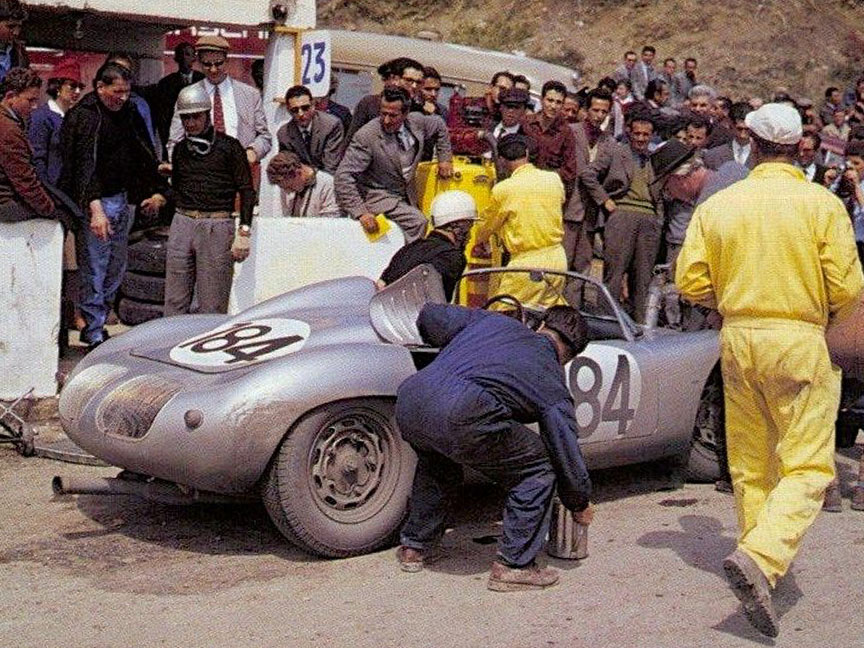
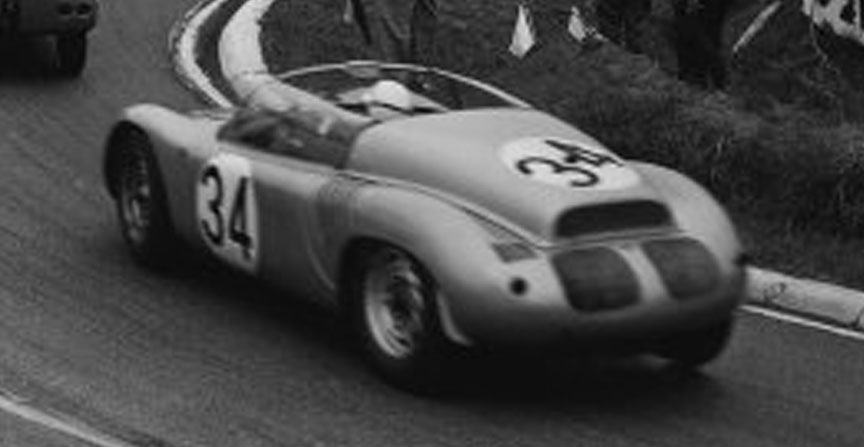
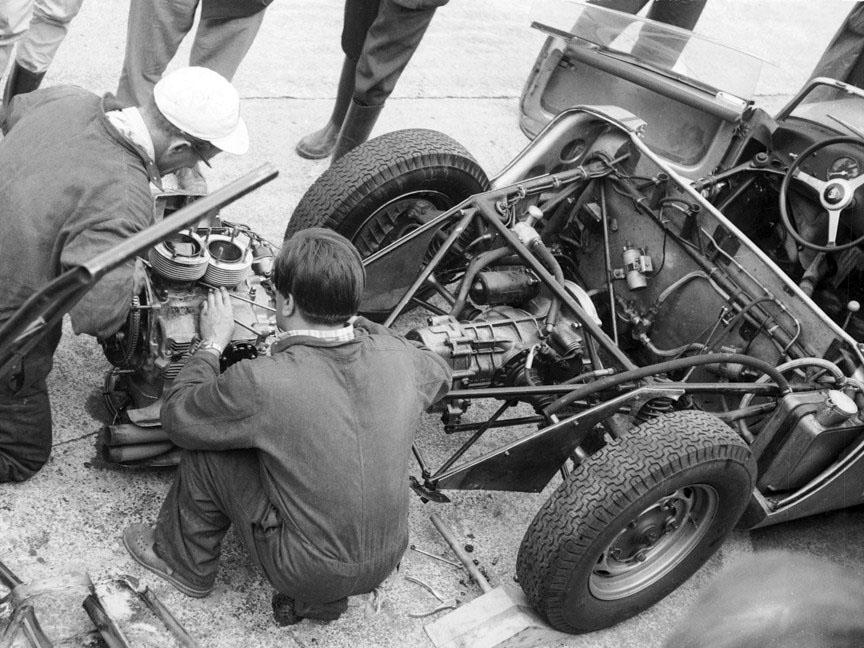
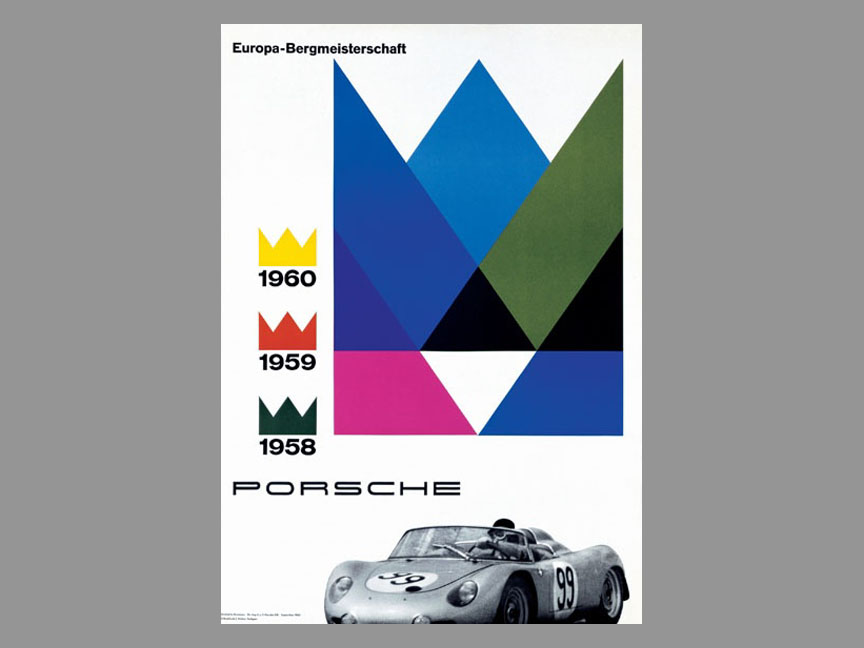
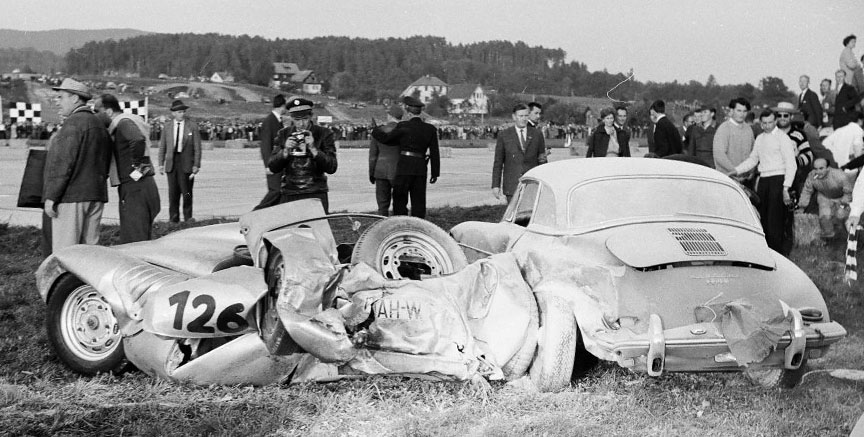
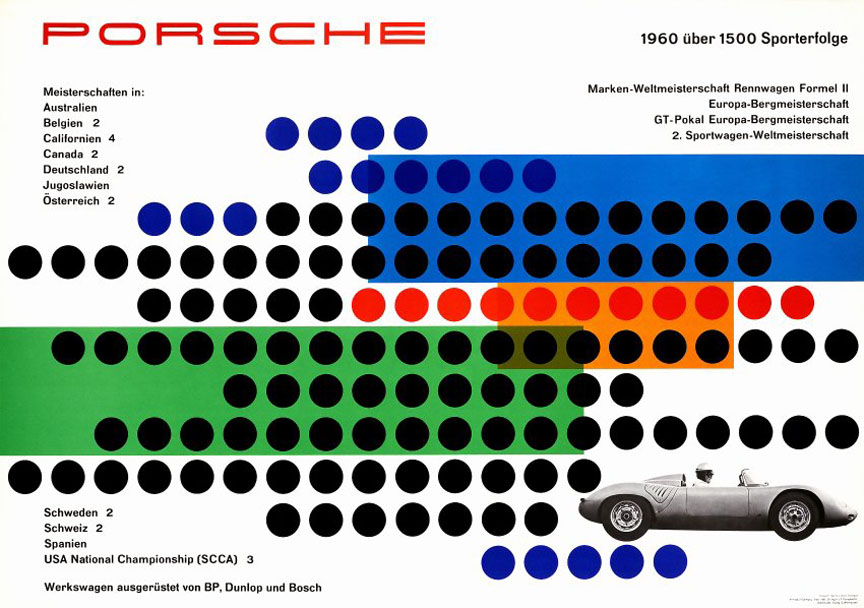
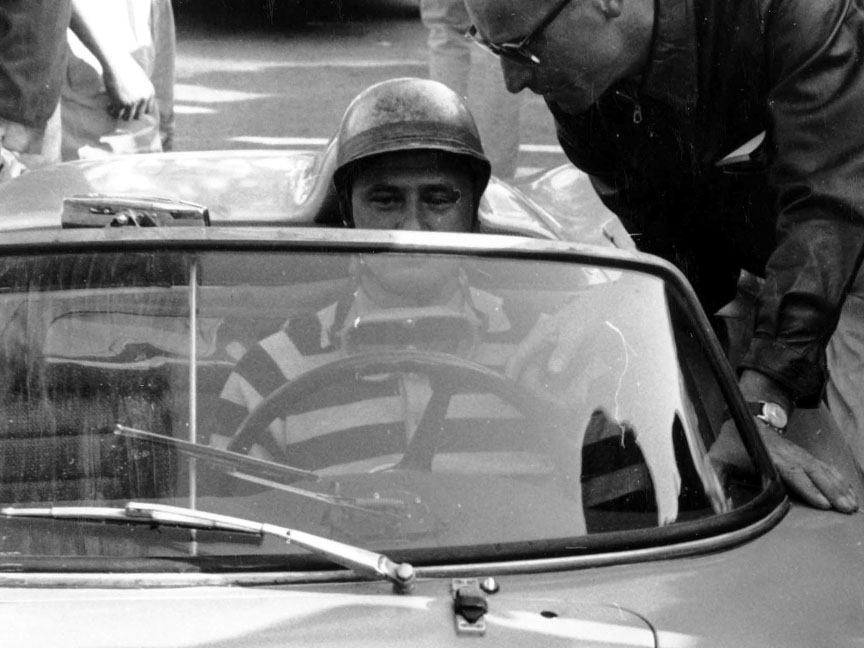
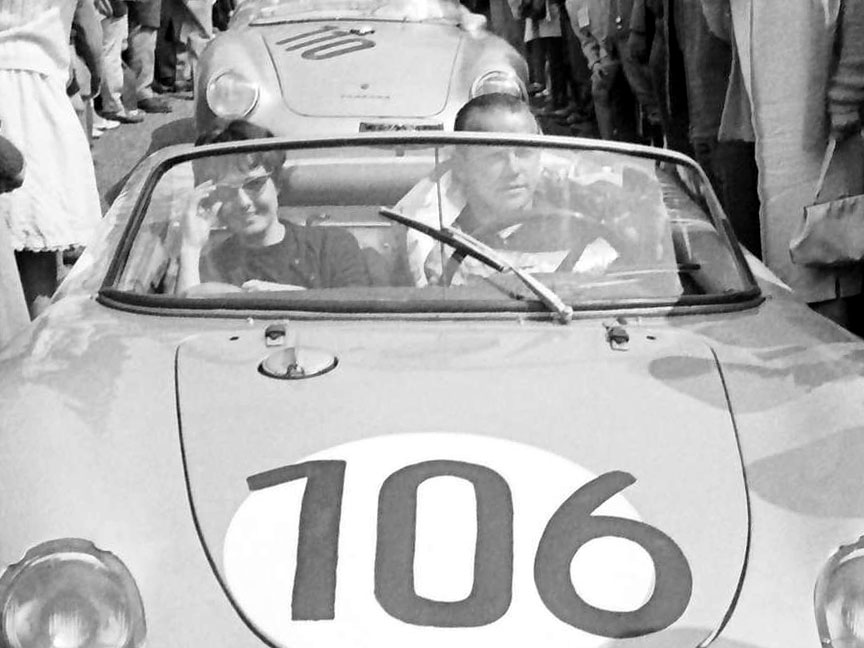
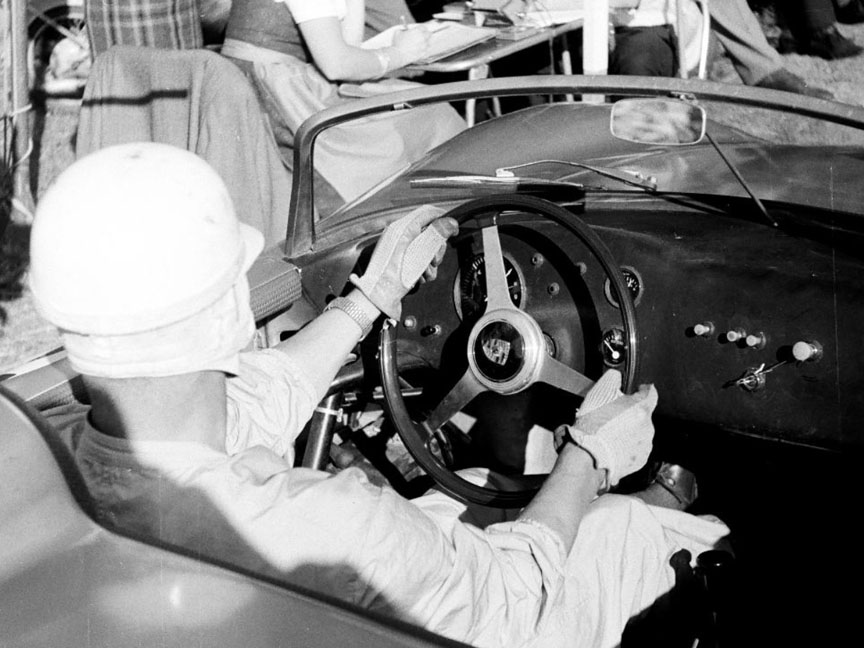


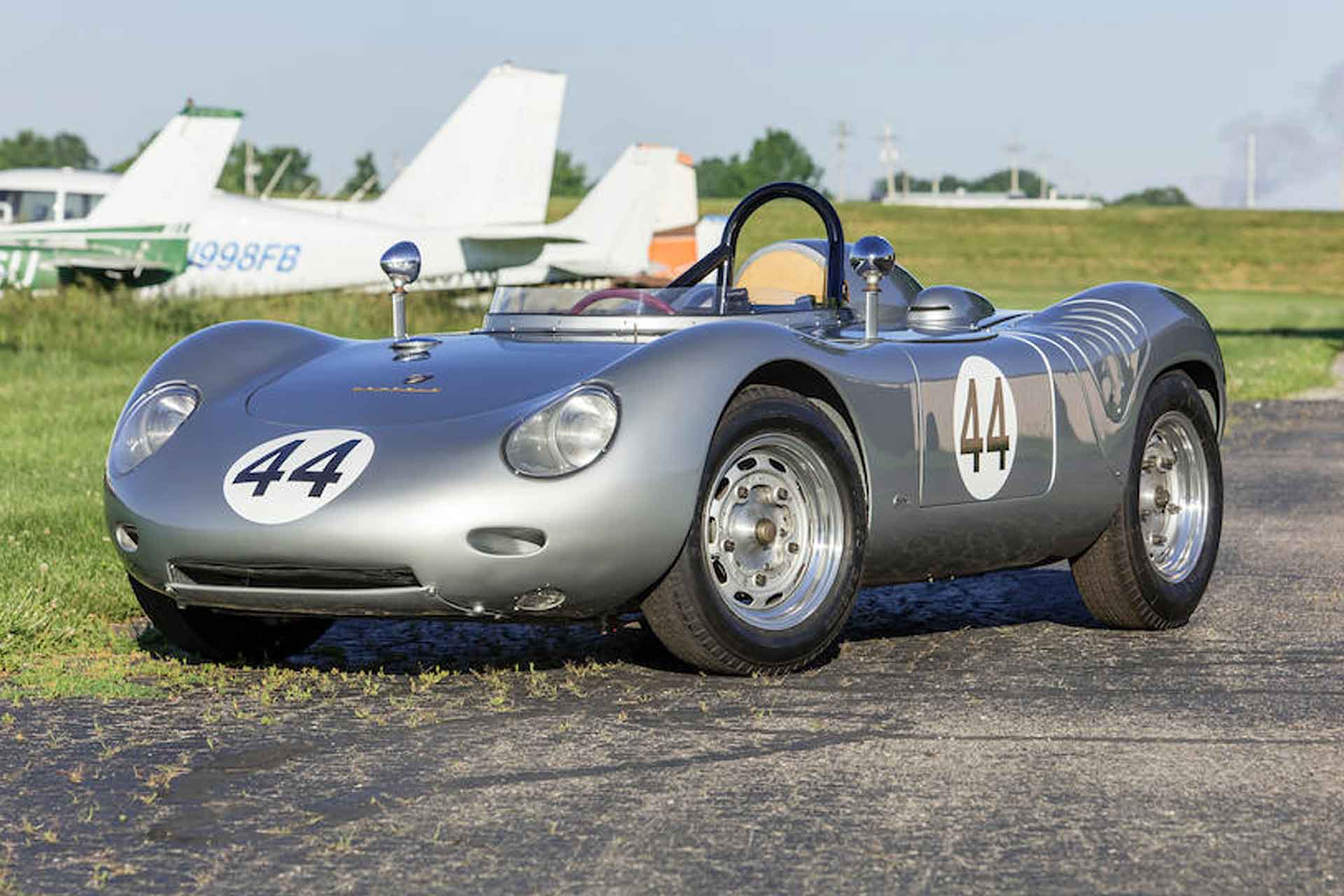
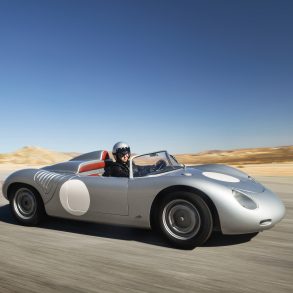
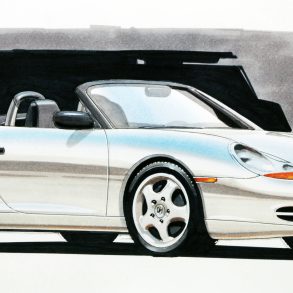
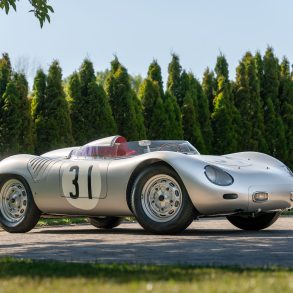
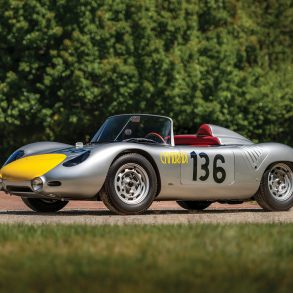
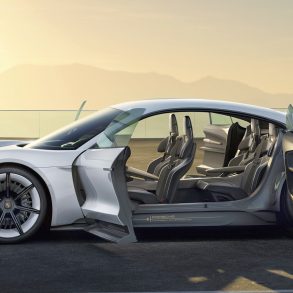
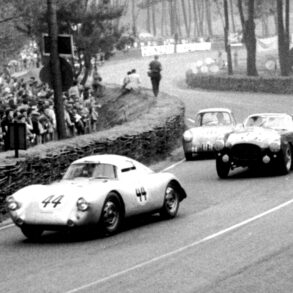
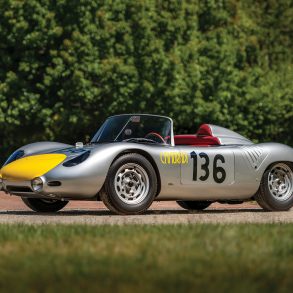


Was the 718 that raced in F2 and F1 the same chassis?
0